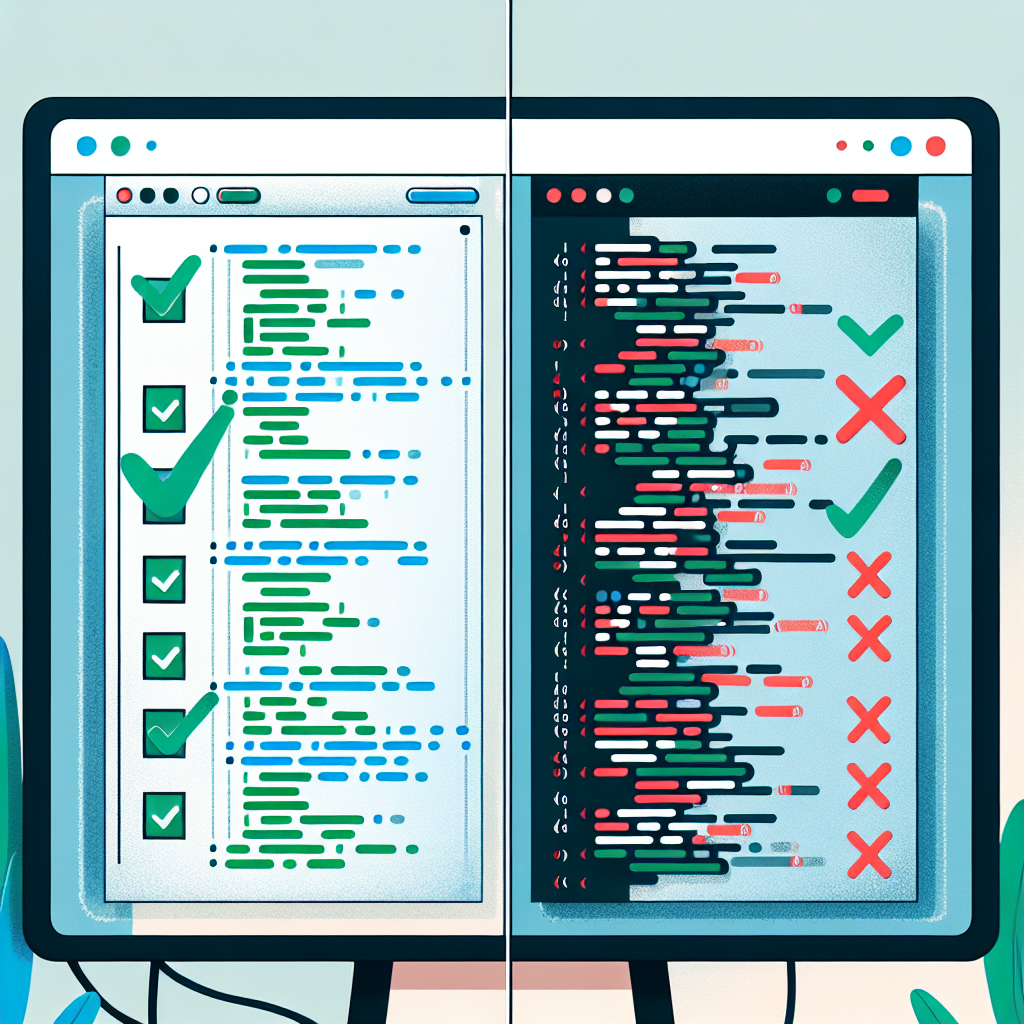Being a successful web developer and programmer requires more than having an in-depth knowledge of coding languages. A truly accomplished developer understands the importance of code formatting. Code formatting is often overlooked, yet considerably vital. It helps create easy-to-understand, elegant, efficient, and organized code.
What is Code Formatting?
Code formatting refers to the style and manner in which coding is written. It includes the use of whitespace, indents, line breaks, syntax highlighting, and comments to differentiate sections of code and to make it easy for others (including future selves) to read and decipher the code. Well-structured and formatted code is easier to understand, debug, and modify.
The Importance of Code Formatting
1. Improves readability: Proper formatting makes the code easier to read. A well-organized code with proper spaces, indentations, and comments makes it simpler to look at, and hence, easier to read and understand.
2. Enhances maintainability: Since the code is simpler to read, it’s easier to adjust. With correct indentation, sections of code can be easily identified. It consequently makes the code easier to maintain and debug.
3. Boosts Code Quality: Formatting code removes the risk of confusion and errors, making it less prone to bugs. Good formatting also lets you spot flaws in logic or unneeded lines of code that can be removed to improve performance.
4. Encourages best practices and conventions: Following standard conventions while programming is always a good practice. And formatting really helps with this. This way, when other programmers read your code, they can understand it faster.
Best Practices in Code Formatting
Use of Whitespace and Indentation
Whitespace and indentation are crucial to good code formatting. They make codes appear clean and well-organized by separating blocks of codes into distinct sections that are easy to understand.
Proper Commenting
Comments are very useful in explaining what a block of code is doing. While most experienced coders can deduct what code does by reading it, comments speed up the process and make the coder’s intent clearer. Often the logic behind certain processes or choices is not apparent from the code itself, here comments can provide invaluable insights.
Consistency
Consistency is crucial for good code formatting. Use the same style across the entire project, and maintain the same indentation level, naming conventions of variables, or clicking styles throughout.
Conclusion
Code formatting is an essential aspect of software development that cannot be ignored at all. It improves readability, maintainability, productivity, and code quality. By adhering to the best practices of code formatting, you can ensure that your codes are tidy, efficient, and understandable, not just to you, but to others who will be working on it. Remember, code is read more often than it is written, so make sure it is well formatted for reading.
FAQ Section
1. What is code formatting?
Code formatting refers to the manner in which coding is written. It includes suitable indentation, line breaks, and comments to make the code easier to understand and keep track of.
2. Why is code formatting necessary?
Code formatting enhances readability, maintainability, and quality of code. It makes it easier to read, understand, debug, and modify code.
3. How can I implement consistent code formatting?
In addition to adhering to best practices in terms of indentation and use of whitespace, one method is to use a code formatting tool or text editor that will automatically format your code in a consistent manner.
4. What are some best practices in code formatting?
Each programming language has specific formatting guidelines. However, proper use of whitespace, indentation, comments, and consistency are universally considered good practices.
5. How does code formatting affect the overall development process?
Code formatting improves the development process by ensuring code readability and maintainability, aiding in debugging and modification, and reducing the likelihood of errors.

